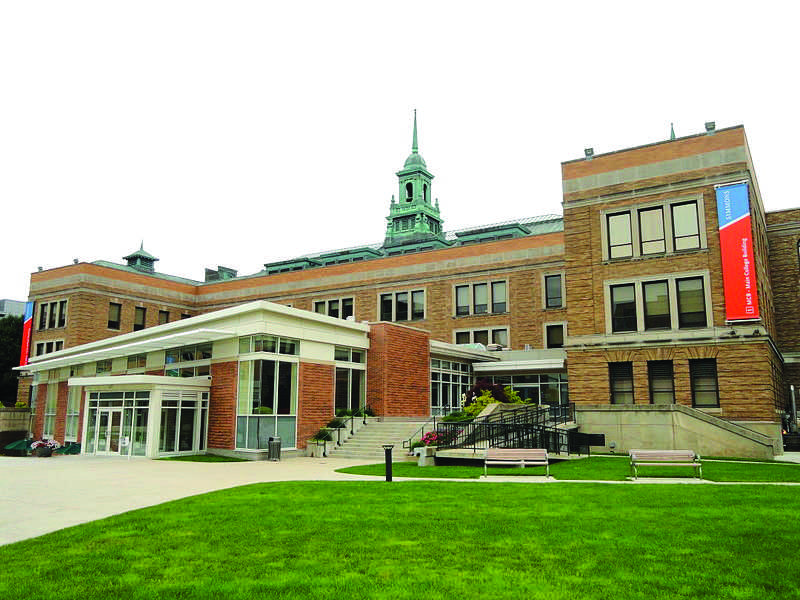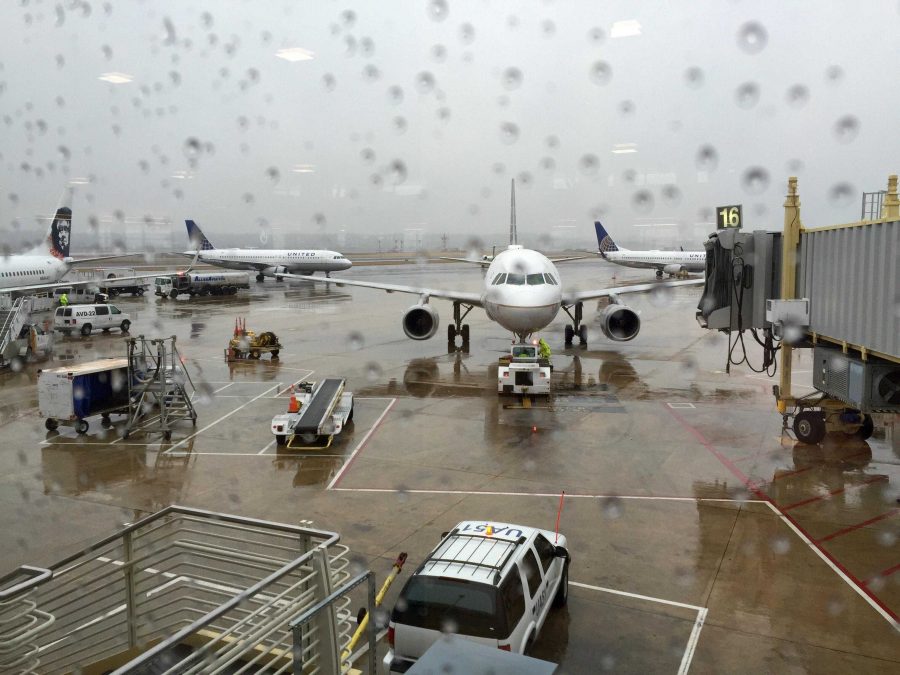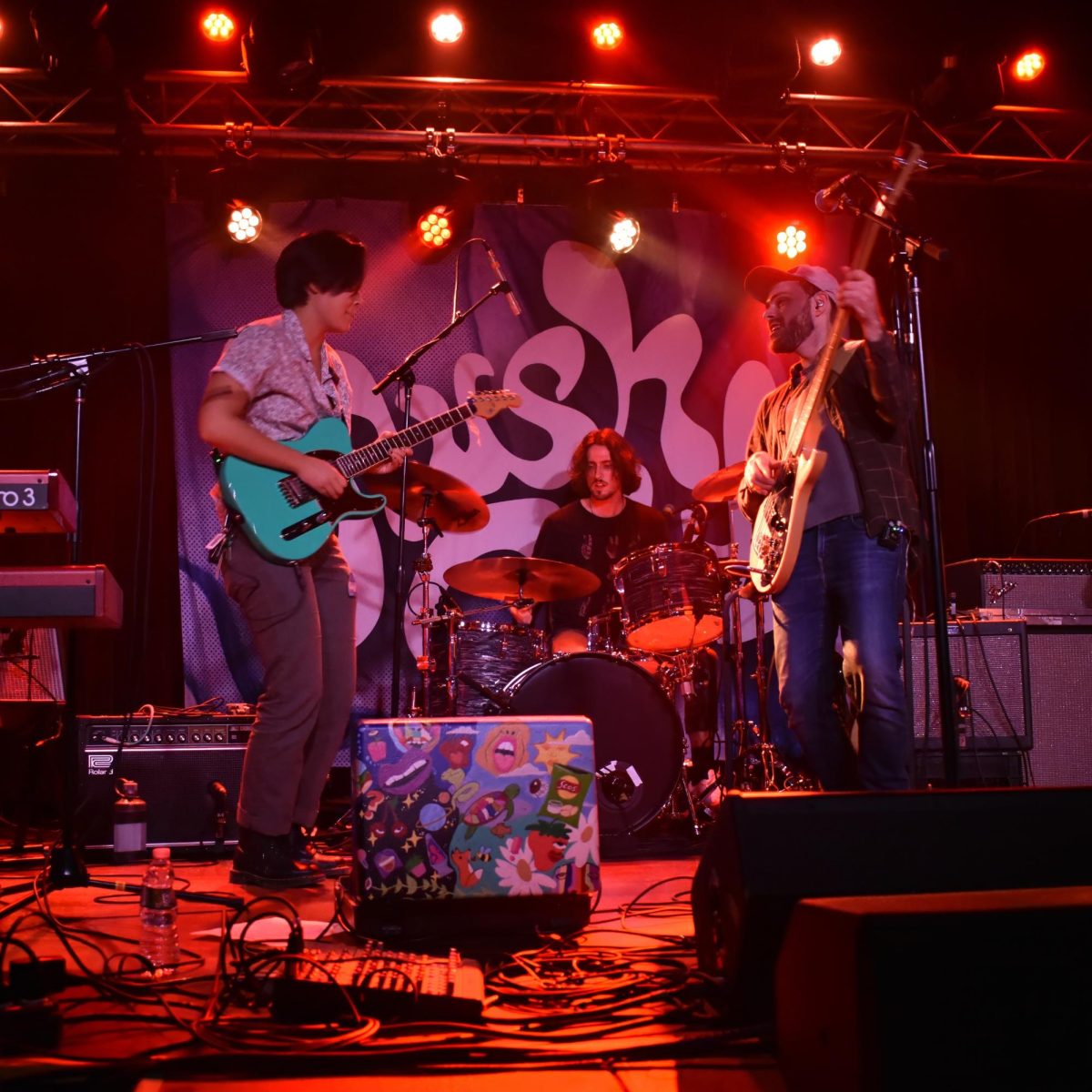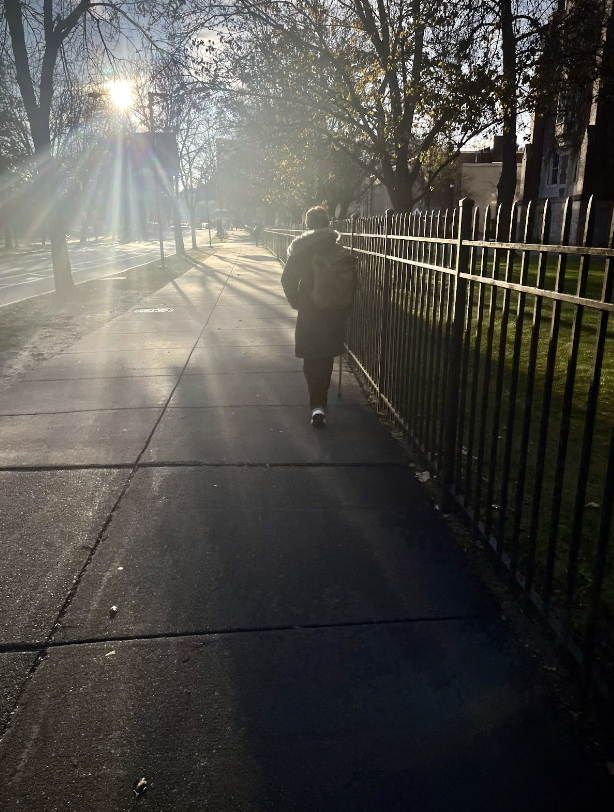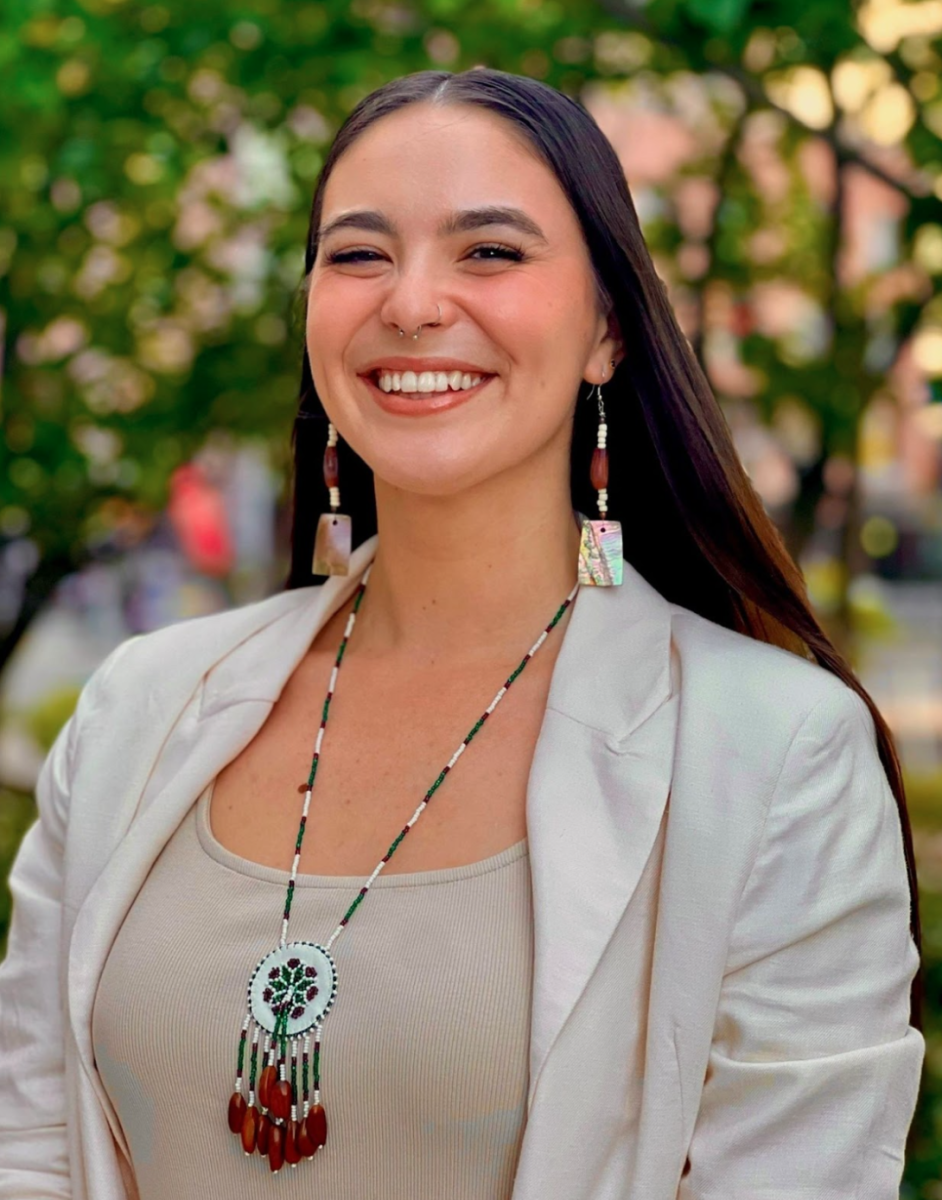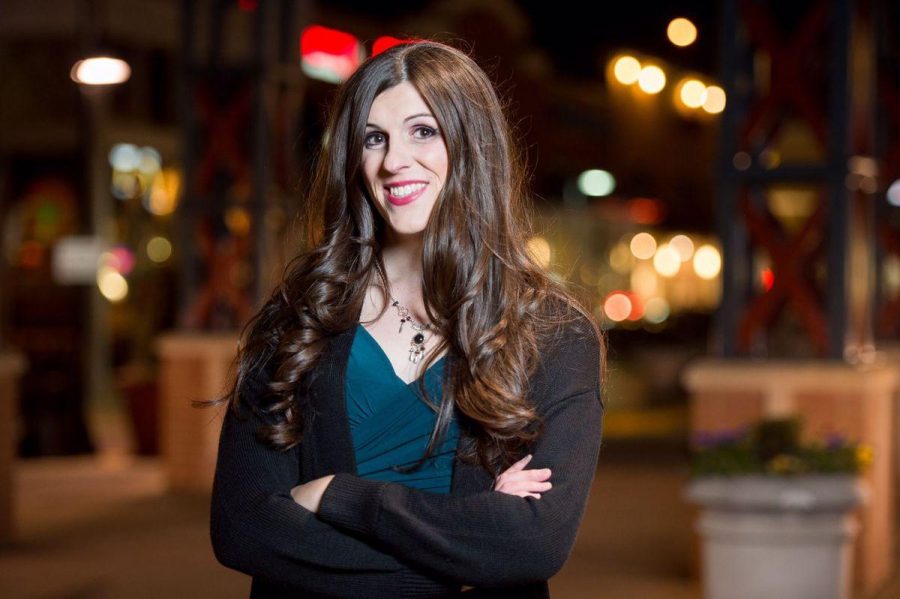
By Kaylie-Ann Flannigan
Staff Writer
Riding through the mostly white suburb of Houghton, outside Johannesburg, large houses are barely visible through the tall trees lining the streets and have high tech security systems with tall fences topped with barbwire.
A five-minute drive stands between this posh neighborhood and a black township of small makeshift shacks that have no yards and often house many. Garbage lies in the streets and people are seen everywhere.
This pattern is reflected in most cities in South Africa, 20 years after the official system of racial inequality known as apartheid was dismantled.
Housing continues to be a complex, multi-layered issue in South Africa, from apartheid to today. About two-thirds of the country’s population live in shacks.
Many have no running water or septic systems for human waste.

Destructive fires during the winter months can wipe out an entire settlement.
South Africa’s Bill of Rights promises the right of housing to all: “Everyone has the right to have access to adequate housing… No one may be evicted from their home, or have their home demolished, without an order of court made after considering all the relevant circumstances.”
This promise resonates with all citizens of the country.
However, frustration continues to grow as more and more South Africans become incensed by the slow pace of government action. Though it is attempting to build new houses—it is just not enough to keep up with the mushrooming demand.
Since 1994, 1.5 million homes have been built across the country, housing over five million people. But the Anti-Eviction Campaign (AEC), a group that strongly criticizes the government’s performance, estimates there are over three million people in the Western Cape alone without homes.
This housing problem coincides with high unemployment in the country, especially among young black men, who are unable to afford housing. With the government dragging its feet, some activists are taking it upon themselves to meet these needs.
In Kliptown, many people live in shanty homes made of zinc, metal, wood, and asbestos. Children play in the streets with old toys that most American students would likely throw away.
Unemployment rates nearing 80 percent, paired with a high prevalence of HIV and teen pregnancy, contribute to this picture, says Thulani Madondo, founder of the Kliptown Youth Project (KYP).
KYP is an after school program that incorporates meals, performing arts, sports, tutoring, and technological literacy for the local kids.
Madondo says that if these children can get a good education and a good job, they may be able to leave this place and get nicer homes for themselves.
“Informal settlement housing is very difficult,” says Mandla Majola, manager for the Khayelitsha branch of the Treatment Action Campaign (TAC), which focuses on lowering incidents of HIV and AIDS in the country through advocacy.
According to Majola, in informal settlements, such as those found in Khayelitsha, one chemical toilet will serve 10 families.
The people of the Bo-Kaap community, a “colored” (mixed race) neighborhood in Cape Town, face problems with housing as well, yet they are the not the same as those who inhabit squatter camps or shanty houses. These issues have to do with forced removals in the era of the apartheid government and gentrification.
Sherine Habib discusses the lively area of the Bo-Kaap in context of her childhood. “It’s about love. It’s about people. It’s about the heart,” she says.
According to Habib, houses here now cost about four million rand ($400,000), which the neighborhood’s traditional inhabitants—descendants of Indonesian slaves—are unable to afford. Many businesses are purchasing land here, making it even more difficult to preserve the area.
Meanwhile, many in South Africa have no housing at all, including those who are fleeing persecution elsewhere and trying to get refugee status and asylum in the country.
“They don’t give you the papers, they give you an appointment,” says Kulubrehan, as he stands outside the Department of Home Affairs (DHA) in Pretoria, adding that without proper documentation of citizenship one can easily be arrested and deported.
Kulubrehan says he had to work hard to avoid this fate after leaving his home country, Eritrea. He had to return to the DHA every month to renew his asylum status for four years, until he was granted refugee status lasting for four years.
He says the process is very long and one must wait for his or her status to expire fully before a new application can be filed, which can take one week to four months, depending on how much money one bribes the workers in the building.
Many of the refugees sleep outside the DHA, hoping to be first in line the next day, in order to continue to repeat the cycle day after day and at least every four to six years for renewal. Sometimes people are forced to wait to be seen for days or weeks, depending on when they arrive in line, among other factors.
For his part, Donald Qubeka, a black South African, decided to take his future in his own hands. “If somebody waits for the government for housing, it’s like a lady waiting for Mr. Right,” he says, smiling.
For years Qubeka lived in a shack with his wife on the same plot of land his business and current home now reside on.
He describes himself as a “vulture,” collecting bricks from demolition sites in the area to build his own house, which took seven years to complete. He is the first of three generations housed here today to own his home.
Donald and his wife Liziwe now run a bed-and-breakfast in the township of Gugulethu, outside Cape Town. He says he has transformed his life and given his twin boys a brighter future than he ever imagined for himself. He says that his children are going to college, and one wants to be a lawyer.
In the same township, not everyone can be as fortunate.
Amid a mass of stray dogs, crumbling buildings, and sparse patches of grass comes a less inspirational tale of housing.
Mncedisi Twalo, a member of the Anti Eviction Committee (AEC), a volunteer group in Cape Town aiding people facing forced ejection from their houses.
According to Twalo, there are many similarities between a forced removal, which the apartheid regime did to ethnically cleanse certain areas, and an eviction, which is done today for what authorities claim are economic reasons.
“They just come forcefully, they don’t talk to anyone nicely,” says the head of the AEC in the townships in the Western Cape.
Twalo talks for a long time about the conditions in the asbestos houses and the fact that many people do not have jobs to be able to afford to stay in their homes.
The banks play a large role in these issues, as they will evict a family from their home at the same time they sell the house to a new family, creating mass conflicts among the two.
The family of Noma China, now “trespassers” in their home in the Township of Gugulethu, illustrate this point. The bank forcibly evicted the family and resold their home to another woman by the name of Tiki, who, with the police, is constantly harassing the family, says Twalo.
Recently, a group acted on behalf of Tiki to forcibly break the doors and window frames off of the house in order to convince the family to move.
“Our government has failed to protect our people,” Twalo says. “There is no difference from the previous government and the current government.”
The South African government has not yet found a solution to the housing crisis, which has reached dire levels, but not everyone has given up on it.
“It’s depressing, but we’re not hopeless, we’re not helpless,” says Majola.
As a part of the Human Rights in South Africa course, 11 students learned about the history of apartheid and the current social situation of South Africa. In May, they visited the country and witnessed the situation first-hand, speaking with people from activists and average citizens to U.S. diplomats and commissioners. You can check out their blog at http://bit.ly/1rVeGkQ.









